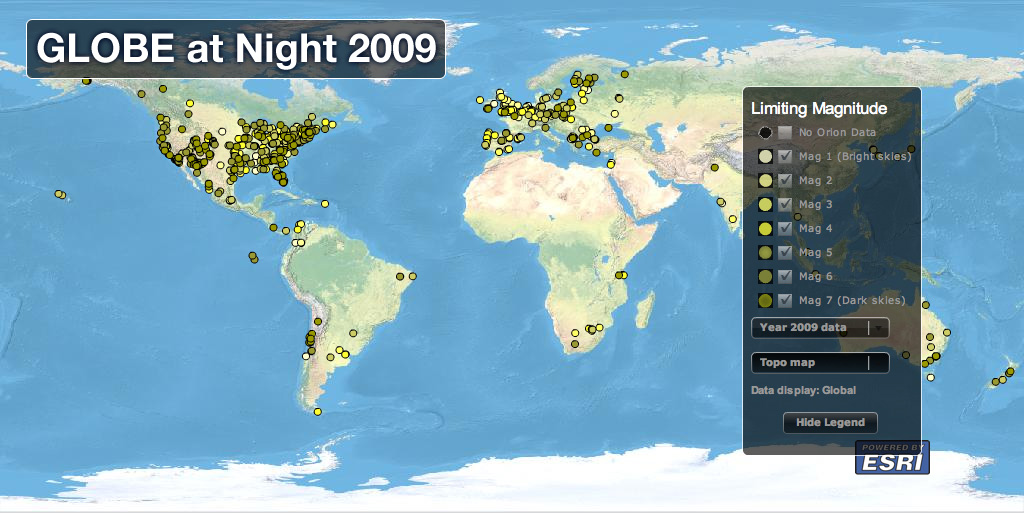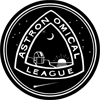Welcome to IYA!
In the year 2009, the world will celebrate the International Year of Astronomy as it commemorates the 400th anniversary of Galileo’s use of a telescope to study the skies, and Kepler’s publication of Astronomia Nova. 2009 is also the anniversary of many other historic events in science, including Huygen’s 1659 publication of Systema Saturnium.This will be modern astronomy’s quadricentennial, and the 2009 Year of Astronomy will be an international celebration of numerous astronomical and scientific milestones. Events are still being planned, and you are invited to tell us how you want to celebrate. This page is a product of the U.S. 2009 IYA team, and we want to help you make 2009 a year long celebration to remember.
Spread the word: the Universe is yours to discover. Come celebrate in 2009.
Smithsonian Photography Initiative Celebrates the International Year of Astronomy in May and June
Learn more here [pdf] |
Raise a Wing to Hubble and the Servicing Team
Dr. William Keel of the University of Alabama Department of Physics and Astronomy will be at the local Buffalo Wild Wings watching NASA TV on the big screens with colleagues and students. Together they’ll take in the EVAs and perhaps even raise a Wild Wing in salute of the astronauts achievements. While this idea started in Tuscaloosa, there is no reason for it to end there. Many restaurants and bars have cable television packages that include NASA TV. Next week, grab a friend and grab a beverage and ask the guy behind the bar to tune the TV into the greastest high risk game of all: It’s Man versus the Machine as Mike Massimino and the STS-125 team of astronauts upgrade the Hubble Space Telescope. Find out more about STS-125 on the mission website and check out the NASA TV schedule here. |
IYA2009 Boosts GLOBE at Night to Record Number of Dark-Skies Observations
Now in its fourth year, GLOBE at Night encourages people everywhere to observe the prominent constellation Orion at least once over a two-week period and compare the number of stars that are visible using their unaided eyes with a series of charts that show how Orion would appear in skies ranging from very dark to very bright skies. The program is designed to aid teaching about the impact of excessive artificial lighting on local environments, and the ongoing loss of a dark night sky as a shared natural resource for much of the world’s population. The 2009 campaign, held from March 16-28, garnered 15,300 geographically “mappable” measurements of Orion, nearly 7,000 more than the previous record of 8,491 that were contributed in 2007. [Read more…] |





 If all goes well, next week a team of well trained astronauts will be working to refurbish the first of the Great Observatories. Astronomers all across the world will be holding their breath in anticipation of the word that all is A-OK and a first glimpse of the first downloaded images. In Tuscaloosa, AL, a few of these astronomers and members of the public will be waiting with BBQ baited breath.
If all goes well, next week a team of well trained astronauts will be working to refurbish the first of the Great Observatories. Astronomers all across the world will be holding their breath in anticipation of the word that all is A-OK and a first glimpse of the first downloaded images. In Tuscaloosa, AL, a few of these astronomers and members of the public will be waiting with BBQ baited breath.
 Loading ...
Loading ...







